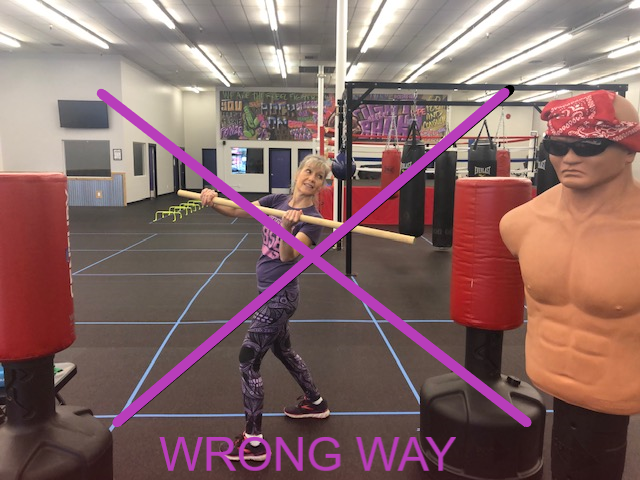
Last week one of my fighters with Parkinson’s thanked me for all of the squats and cardio workouts Rebel Fit Club has provided for years, but especially this last year during the pandemic. We’ve really pushed everyone hard in our daily online boxing bootcamps. I’m a firm believer that a strong back and glutes are a cornerstone to moving better with less pain, and we put a big emphasis on hip hinging and strengthening the glutes and core during our workouts.
This hard work paid off recently when locally (in Portland, Oregon) we got a sudden ice and snowstorm with high winds that left most families without power and water, downed trees, and a lot of snow to remove. One of our families had to shovel snow for 14 hours. Thankfully, because they were strong and had a great fitness to take on this task, they were able to do so with no injuries.
I wanted to share some tips from myself (a “Minnesota girl”) on how to safely shovel snow without hurting your back. This is also handy for dirt while gardening in the spring!
There are a few simple precautions needed to keep from hurting your back… Watch this quick video to find out:
Here are my 10 Tips for Shoveling Snow if You Have Parkinson’s:
- Start with a warm-up indoors. Stretch, jog in place, do anything to warm up your muscles so you are not working with cold, stiff muscles. Make sure you are in an “on” period with your medications.
- Use the right shovel. Make sure you have a nice ergonomic shovel with a curved handle and lightweight scoop, which are best for minimizing awkward bending and straining. The handle should be long enough so you only need to slightly bend your knees to keep the blade on the ground.
- Push the snow, don’t lift it.
- Hinge at the hips and bend your knees in an athletic stance if you do have to lift the snow. Don’t bend over, or you’ll strain your back for sure.

- Always squarely face the snow you are shoveling and keep your destination within arm’s reach.

- Many small loads are better than one large one.
- Don’t throw the snow behind you or bend backwards to throw it somewhere. Instead, turn wide and slow to place it in another place.


- For really deep snow, remove the top few inches first, then go back and get the bottom layer.
- Make sure you have traction. Wear boots with good treads, or spread salt or kitty litter. Keep a wide base and your weight over your hips. No fast turns.
- Pace yourself. Take a break every 10-15 minutes, or when needed.
Shoveling snow is strenuous work, one that leads to many cases of heart attacks every year. Know your limitations if you have a heart condition or begin feeling chest pains. Stop and call 911.
If you are not in great shape or if you have balance issues, then this is not the task for you. There are many people who would be happy to help you out.
Stay save out there!
Coach Kimberly